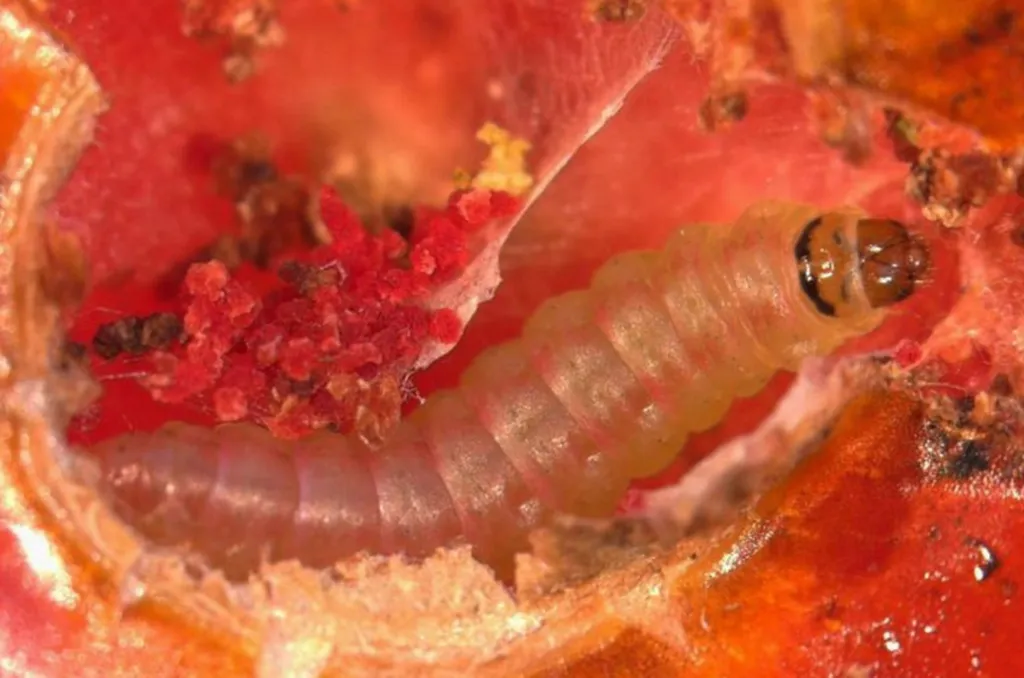In the heart of Kathmandu, a silent battle rages on tomato farms, pitting growers against the devastating tomato leaf miner, Tuta absoluta. This voracious pest, capable of causing up to 100% crop loss, has long been a thorn in the side of farmers. But a recent study, led by Asim Bastola from the Agriculture and Forestry University in Nepal, offers a glimmer of hope, demonstrating the effectiveness of certain chemical pesticides in controlling this notorious pest.
Published in the Turkish Journal of Agriculture: Food Science and Technology, which translates to “Türk Tarım ve Gıda Bilimleri Dergisi”, the research conducted between March and June 2024 in Chandragiri Municipality, Kathmandu, evaluated seven different chemical pesticides on the tomato variety Kabita. The study measured the impact of these treatments on infestation rates, the number of tunnels per infested leaf and fruit, and the larval population.
The results were promising. The combination of chlorfenapyr and tolfenpyrad emerged as the most effective treatment, reducing leaf infestation to just 11.26% and fruit infestation to a mere 0.94%. This treatment also resulted in the lowest yield loss of 2.70%. Spinetoram followed closely behind, showing significant efficacy in controlling the pest.
“These findings are a significant step forward in our fight against Tuta absoluta,” said Bastola. “The commercial impacts for the energy sector, particularly in reducing the carbon footprint associated with pesticide use and crop loss, are substantial.”
The study’s implications extend beyond Nepal, offering valuable insights for integrated pest management (IPM) strategies worldwide. By identifying the most effective pesticides, farmers can minimize yield loss and reduce the environmental impact of pest control. This research could shape future developments in sustainable agriculture, promoting more efficient and eco-friendly farming practices.
As the global population continues to grow, the demand for food increases, making it more important than ever to protect our crops. This study provides a crucial piece of the puzzle, helping to secure our food supply and promote sustainable agriculture. The findings could also influence policy decisions, encouraging the adoption of more effective and environmentally friendly pest control measures.
In the ongoing battle against Tuta absoluta, this research marks a significant victory. As Bastola and his team continue to explore innovative solutions, the future of tomato farming looks a little brighter. The journey towards sustainable agriculture is long and complex, but with each new discovery, we take another step forward.

